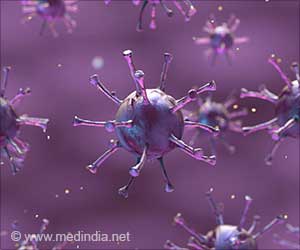A research group reported on finding micro clots in the blood samples from individuals with Long COVID, using fluorescence microscopy and proteomics analysis for the first time.

‘The simultaneous presence of persistent anomalous micro clots and a pathological fibrinolytic system are observed in long COVID syndrome.’





Alpha (2)-antiplasmin is a molecule that prevents the breakdown of blood clots, while fibrinogen is the main clotting protein. Under normal conditions, the plasmin-antiplasmin system maintains a fine balance between blood clotting and fibrinolysis.Blood clotting is a process that thickens the blood and coagulates to prevent blood loss after an injury. Whereas, fibrinolysis is a process of breaking down the fibrin in the coagulated blood to prevent the formation of blood clots.
Researchers noted that the blood plasma samples from individuals with acute COVID and Long COVID continued to deposit insoluble pellets at the bottom of the tubes (micro blood clots) after dilution.
This is the first time to observe micro clots in the blood samples from individuals with Long COVID, using fluorescence microscopy and proteomics analysis.
The micro clots happen because of high levels of alpha (2)-antiplasmin in the blood of COVID-19 patients and individuals suffering from Long COVID inhibits the body’s ability to break down the clots.
Advertisement
Further research is recommended into a regime of therapies to support clotting and fibrinolytic system function in individuals with lingering Long COVID symptoms.
Advertisement
Source-Medindia














